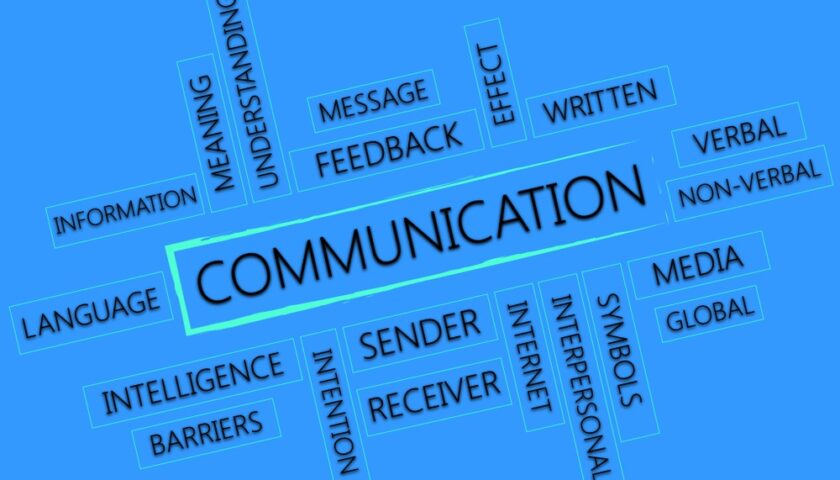The idea behind this article is to revisit the cost index with a view of ongoing pandemic and limited operations while balancing both fuel-and-time related costs.
Fuel costs represent between 30 to 35% of a trip cost depending on fuel prices. The trip cost equation also emphasizes other aspects of the equation which are time-related cost and cost which are independent of time i.e. fixed costs. The use of FMS since the early 1980s enabled airlines to take into account the other cost and time-related aspects as well aiming to provide the best economics, not necessarily in terms of fuel consumption, but rather in terms of total economics.
During the present COVID-19 pandemic situation, airlines have taken various measures to cut down on their fixed cost. While the time-related costs have become irrelevant due to underutilization of available aircraft and staff/crew. The net effect is that to be more economic, airlines have to be more fuel-cost savvy. There are many factors that affect fuel consumption and that the potential gains and losses are huge. Most of these factors are directly controlled by the airlines own employees (flight crew, operations/dispatch, maintenance, etc.).
For a fuel and cost economic airline, the following are the main features:
- Good flight planning based on good data. The good quality data (temperature, wind, aircraft weight, payload, fuel uplift, etc) and use of the correct aircraft performance (individual aircraft performance factors) derived from an ongoing aircraft performance monitoring (APM) program along with good flight planning system which meets the operator’s economic criteria.
- Correct aircraft loading (fuel weight and CG). A more aft center of gravity requires a nose-down pitching moment obtained through increase tailplane lift, which compensates wing lift. This leads to lesser induced drag and leads to a reduction in fuel consumption. It is better to have the center of gravity as far aft as possible. As a rearward shift in CG position deteriorates the dynamic stability of the aircraft, the CG envelope defines an aft limit.
- An aerodynamically clean aircraft.
- Optimal use of systems (APU, Bleed, Flaps/Slats, Gear, etc).
- Flight Procedures using speeds and altitudes appropriate to the companies economic priorities. Climb, cruise and descent techniques and cruise flight levels should be optimized in accordance with the operator’s revised cost index.
- Use of the FMGS in the managed mode.
Fuel-cost optimization is worth revisiting and affects many areas including flight planning, maintenance, and flight operations. The cost index is a simple and effective tool when it is appropriately used by an airline. This means airlines should revisit their present costs in view of the current situation in order to optimize operating economics. This is the single and only purpose of the cost index, keeping in mind that wrong utilization and/or wrong calculation of it leads inevitably to cost penalties. With lesser congestion on the ground as well as in air and more direct routing, the aircraft are reaching destination much before their planned time. So even if the aircraft would operate at more fuel economical speed which is a slower speed it would still arrive at the destination either earlier or on time. Hence, I strongly recommend all airlines to review their Cost Index and bring it as close to the lowest value as possible.
Disclaimer: What is good for one type of aircraft is not necessarily good for another and that certain conceptions regarding the best techniques for fuel economy may be wrong for a particular type. None of the information contained above is intended to replace procedures or recommendations contained in the Flight Crew Operating Manuals (FCOM), but only highlights areas where cost/fuel saving can be achieved.



